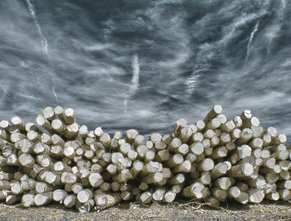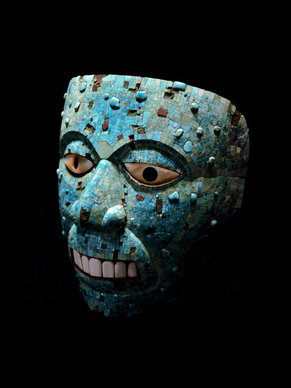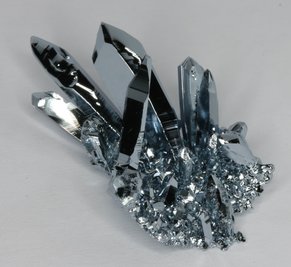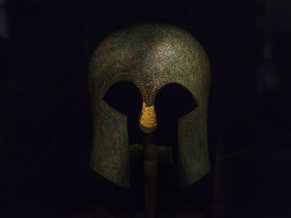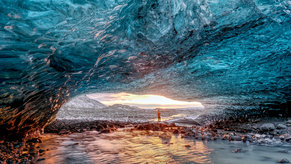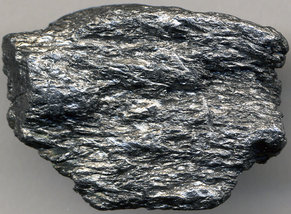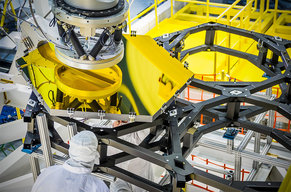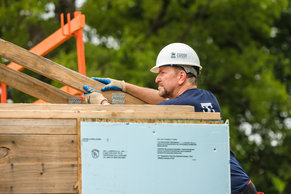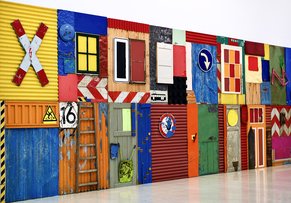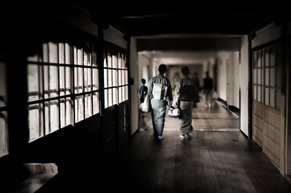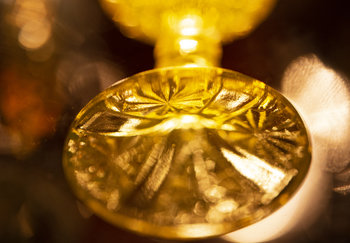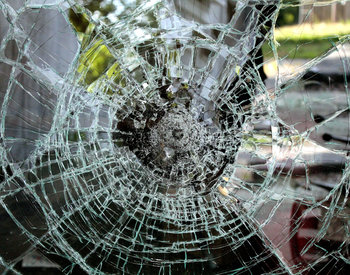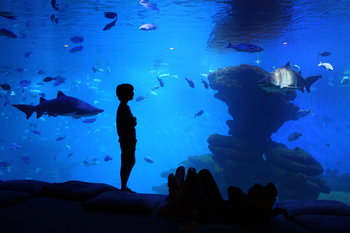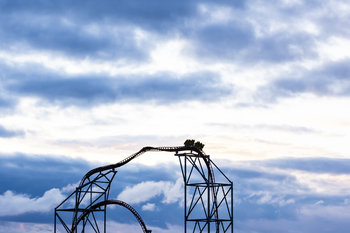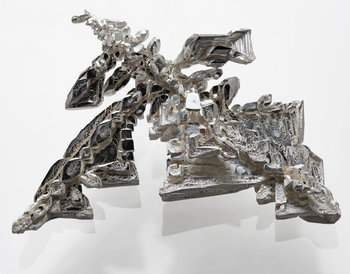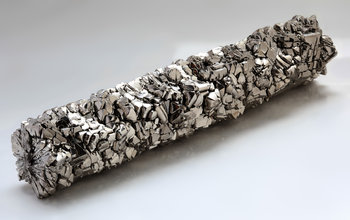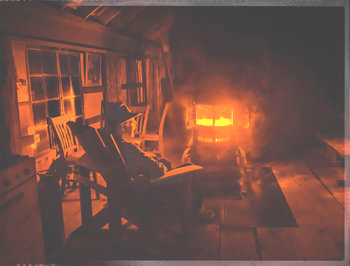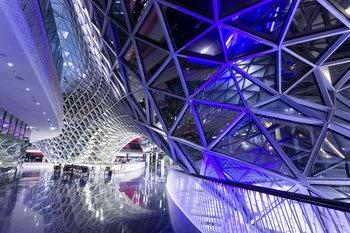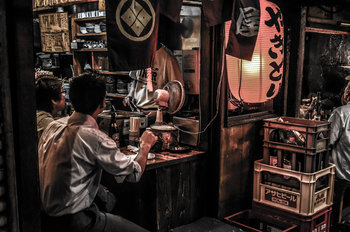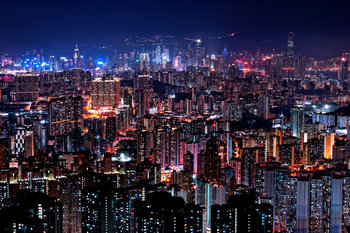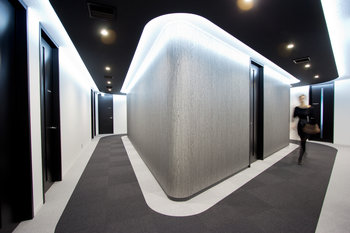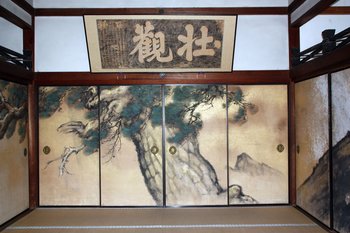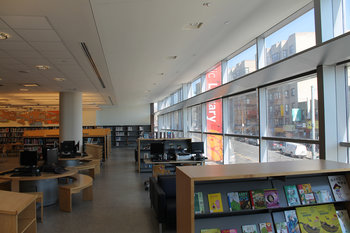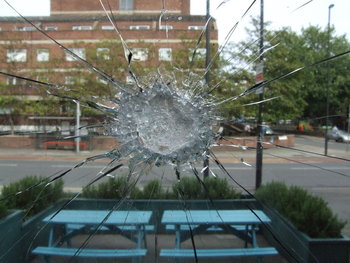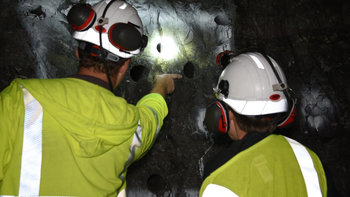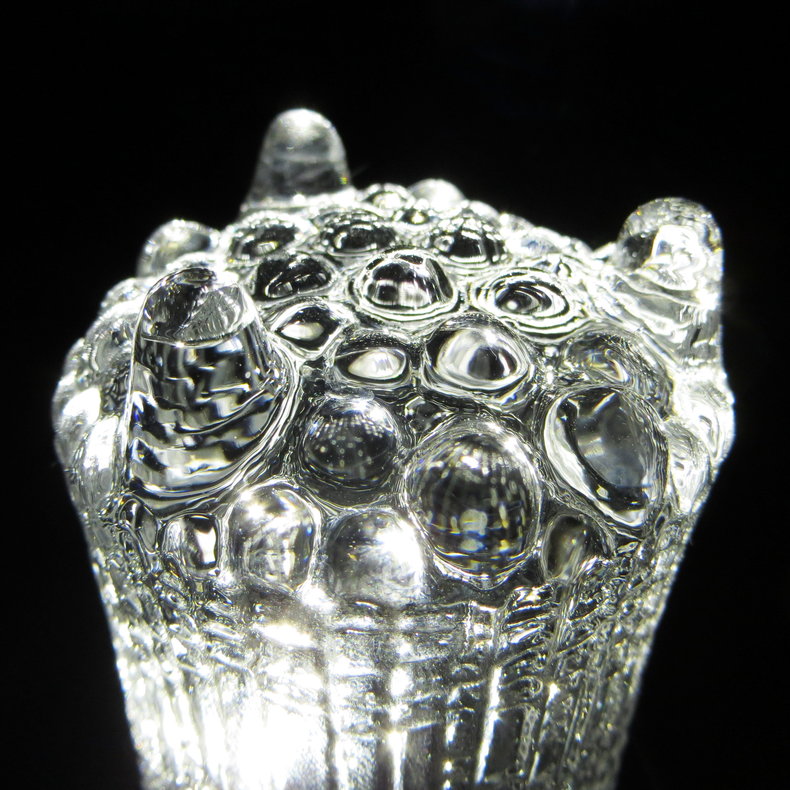
Silicate Glass
Most glass is made with silicon dioxide as the primary ingredient. This is a category of glass known as silicate glass. As sand is mostly made of silicon dioxide, it is somewhat accurate to say that glass is made of sand. In fact, glass can occur naturally due to processes that superheat sand such as lightning strikes and meteorite impacts.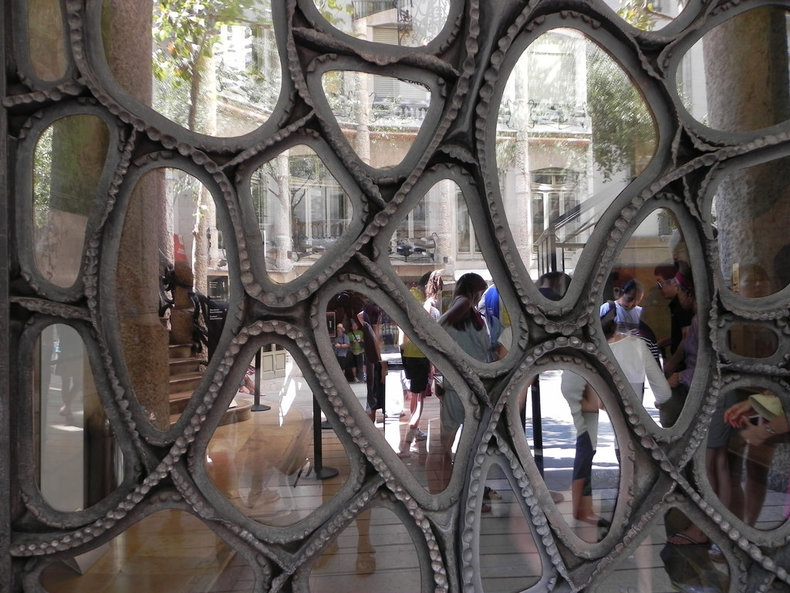
Soda-lime Glass
The most common type of glass is known as soda-lime glass. It is made of silicon dioxide with other substances such as sodium oxide, sodium carbonate, lime, magnesia and alumina.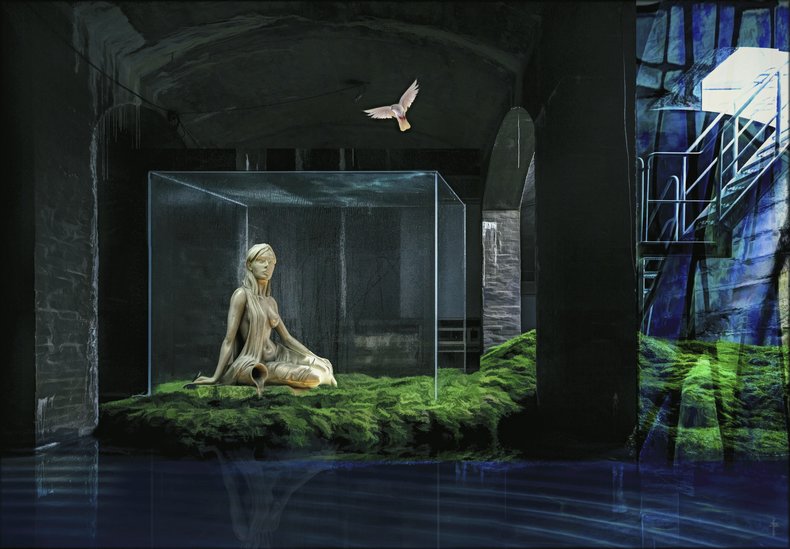
Glazing Glass
Glazing is another word for a window or wall of glass. At its most basic, glazing is a single pane soda-lime glass.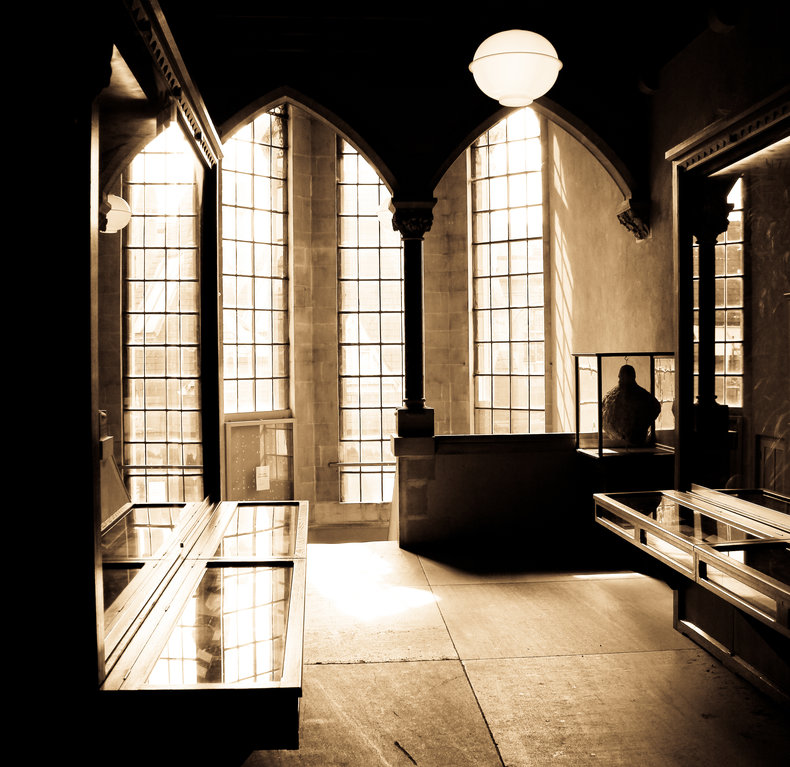
Window Glass
Window glass refers to windows for buildings, infrastructure and transport. Regular window glass is a basic soda-lime glass. Transport and some buildings have windows that have been specially engineered for safety and other properties such as thermal insulation.
Double Glazed
Double glazed glass is any product that includes two separate panes of glass with a layer of air or gas in-between. This increases the thermal and acoustic insulation of products such as windows. It is also common for products to be triple or quadruple glazed.
Architectural Glass
Glass that is used as a building material such as window glass. Architectural glass also includes form factors such as glass blocks and glass that is formulated for special properties such as strength and safety.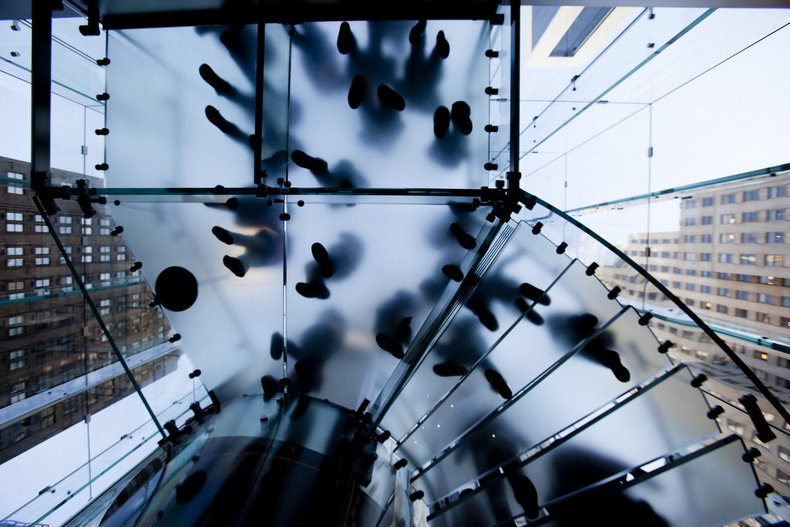
Safety Glass
Safety glass is a broad category of glass product that is designed not to break and/or to produce less dangerous results when it does break. This includes toughened glass, laminated glass and chemically strengthened glasses.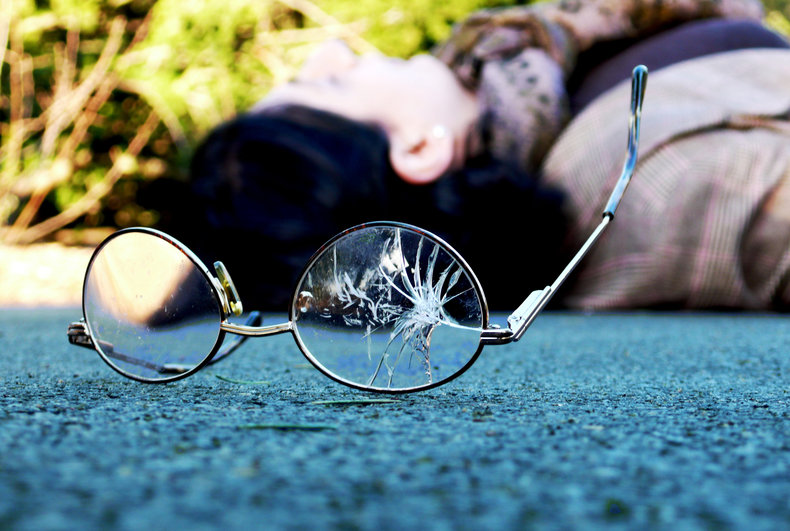
Tempered Glass
Tempered glass, also known as toughened glass, is a type of safety glass that has been treated with heat and chemicals. Outer surfaces of tempered glass are in a state of compression and the interior of the glass is in a state of tension. This makes the glass stronger and when it breaks it crumbles into small chunks that are less dangerous than large shards of glass.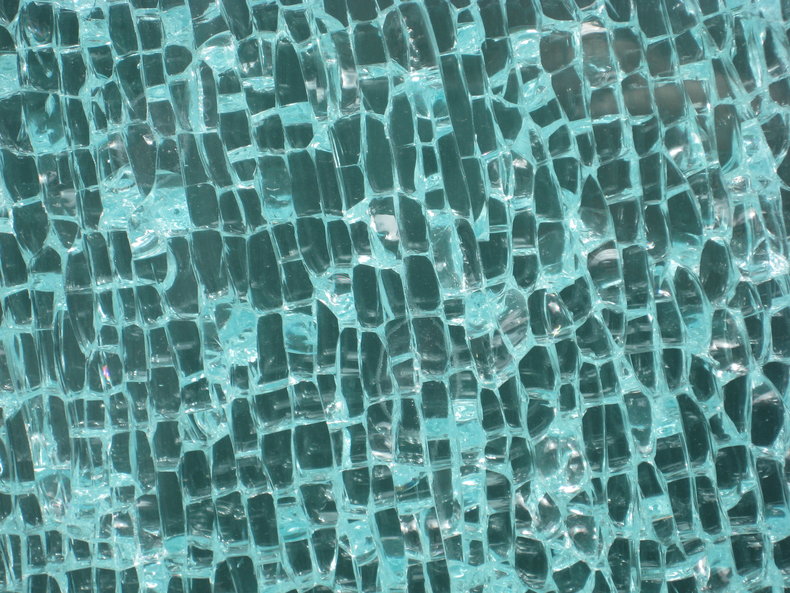
Laminated Glass
A type of safety glass that consists of two or more layers of glass held together with a middle plastic layer that serves to hold the glass together when it breaks. Broken laminated glass has a characteristic spider web pattern.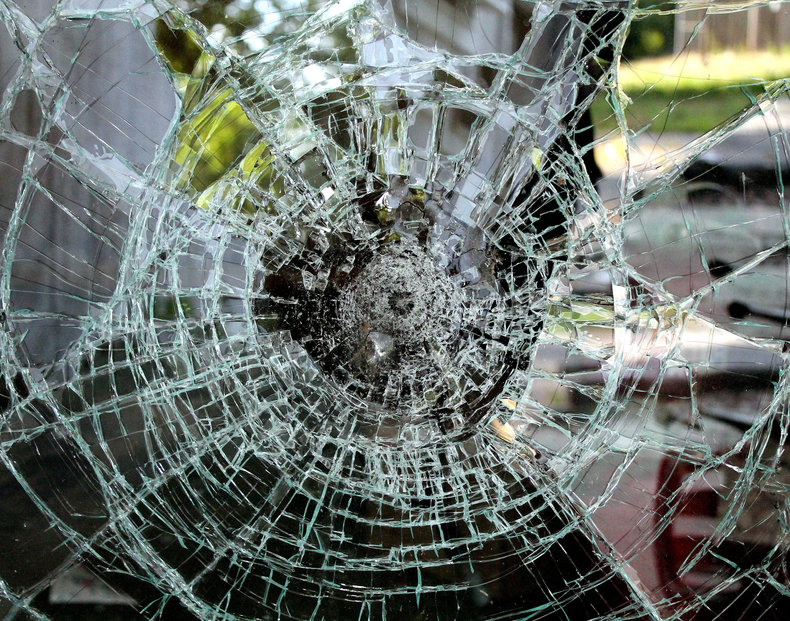
Composite Glass
A broad term for any glass product that includes other materials that are structurally integrated into the glass. For example, laminated glass, wired glass, fiber-reinforced glass or a glass-ceramic matrix.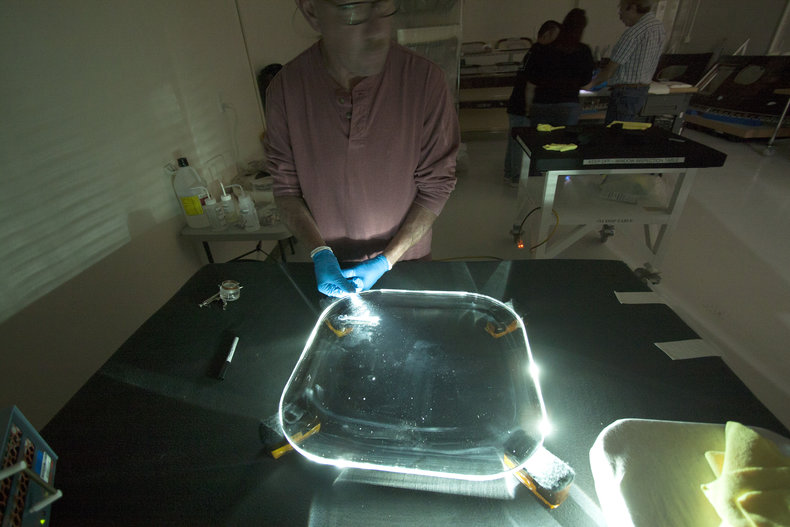
Security Glass
Glass that is resistant to breaking or that remains partially intact when broken. For example, glass that is constructed with many layers of chemically strengthened laminated glass.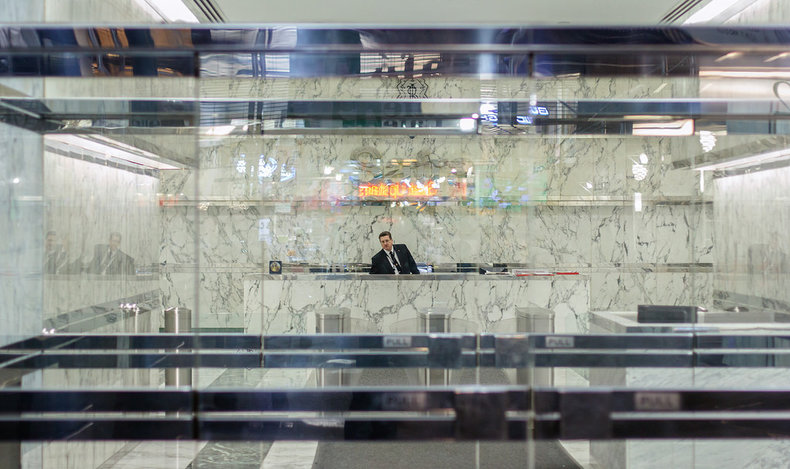
Chemically Strengthened Glass
A category of strong glass that has been chemically treated to make its surface extremely strong. This may still break into shards unless it has been laminated. Chemically strengthened glass is commonly used for smart phones, aircraft windows and other applications that require extreme strength.
Plate Glass
Glass that is produced in flat rectangular sheets for applications such as windows. This refers to the form of the glass as opposed to its composition. Plate glass may be slightly curved for applications such as vehicle windows.
Glass Fiber
Glass that is produced as fine fibers. Used to embed the properties of glass such as thermal insulation and tensile strength in composite materials such as fiber-reinforced plastic. For example, the space shuttle was covered with more than 24,000 tiles made with pure silica glass fiber.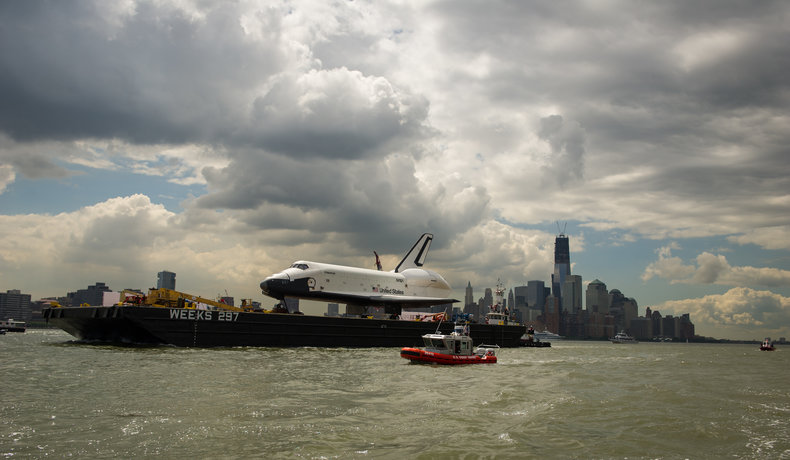
Glass Wool
Tangles of glass fiber that resemble wool. This traps pockets of air resulting in high thermal insulation.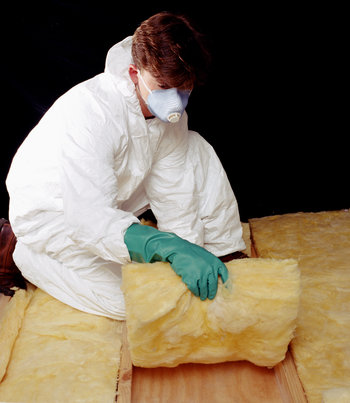
Glass Flakes
Glass flakes are extremely thin glass plates that are added to coatings and paints to prevent corrosion. Conceptually, this is like painting something with glass.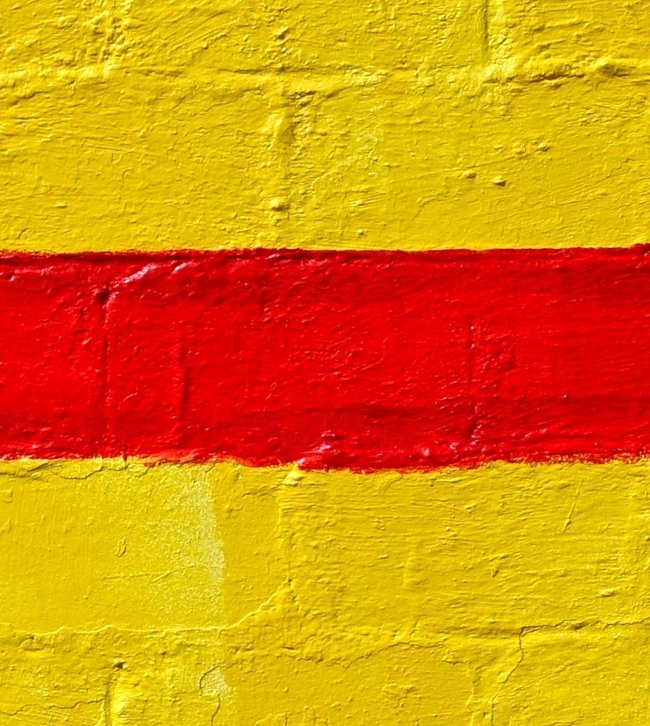
Container Glass
Glass used as packaging such as glass jars. This is usually soda-lime glass that uses alumina and calcium in place of sodium and magnesium to make the glass more resistant to water erosion. As with window glass, container glass has high thermal expansion. For example, a cup made with container glass may break if you pour boiling water into it.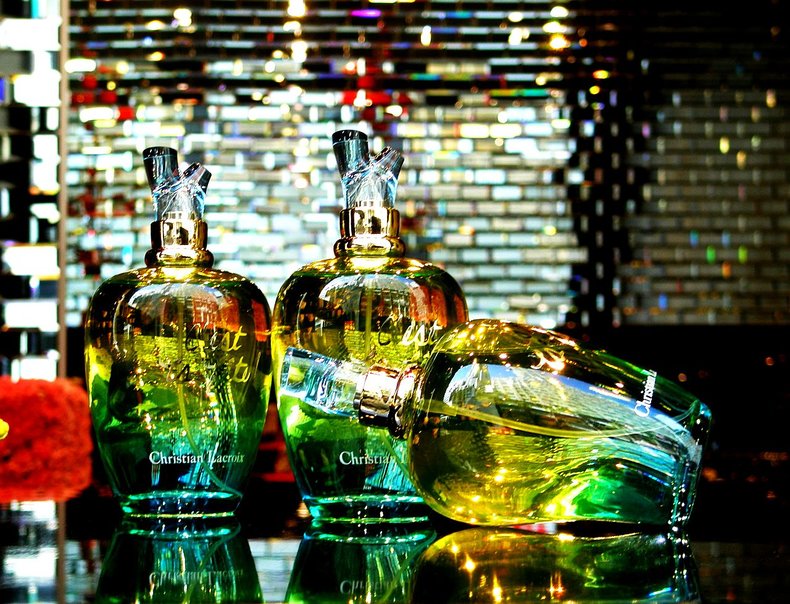
Fused Quartz
Fused quartz, or fused silica, is a glass made with pure silicia. Normal silicate glass such as soda-lime glass contain substances that are designed to reduce the melting point of the glass. As such, production of fused quartz requires high temperatures of 1650 °C (3000 °F). Fused quartz is strong and has a high melting point and transmits ultraviolet light better than other silicate glasses. It is often used in technology products such as optical fiber, lenses, laboratory equipment, spacecraft and semiconductor fabrication machinery.
Colored Glass
Glass can be colored by adding metallic salts. This can be used for decoration, ornament and art such as stained glass windows.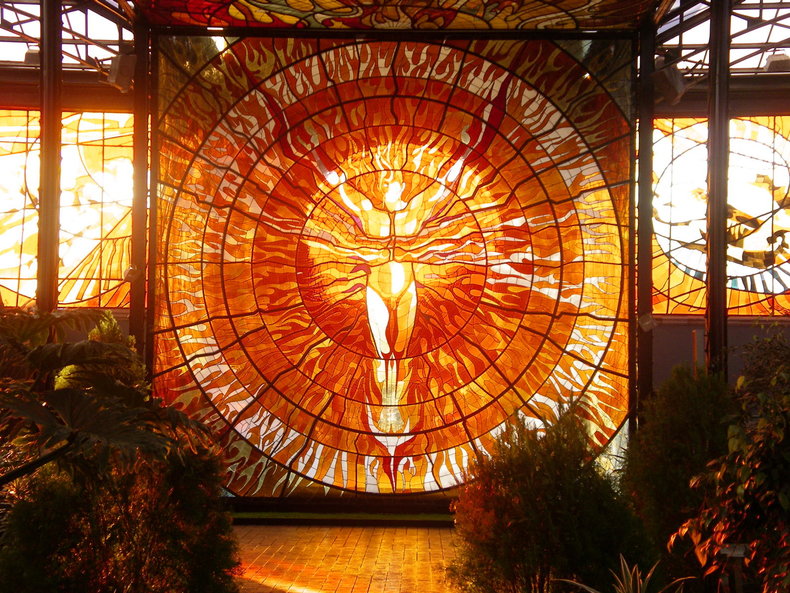
Lead Glass
A glass made with lead oxide in place of calcium. Often 18 - 40% lead oxide by weight. Lead glass is known as crystal as it is thought to resemble the semi-precious gemstone quartz crystal. This is because lead increases the refractive index of the glass such that it sparkles in light like a diamond. Crystal is also more dense than regular soda-lime glass and is therefore heavy.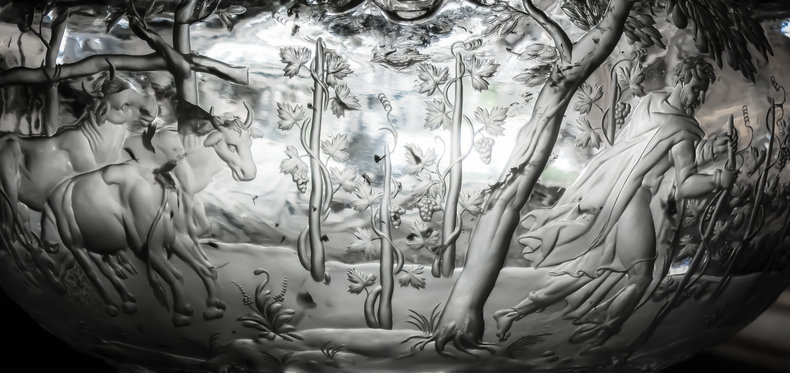
Crystal
Crystal glass originally referred exclusively to lead glass. This was historically used in glassware, despite the health risks associated with lead. Production and disposable of lead glass can produce significant pollution. As such, modern crystal glass may be made with alternatives such as barium oxide, zinc oxide or potassium oxide.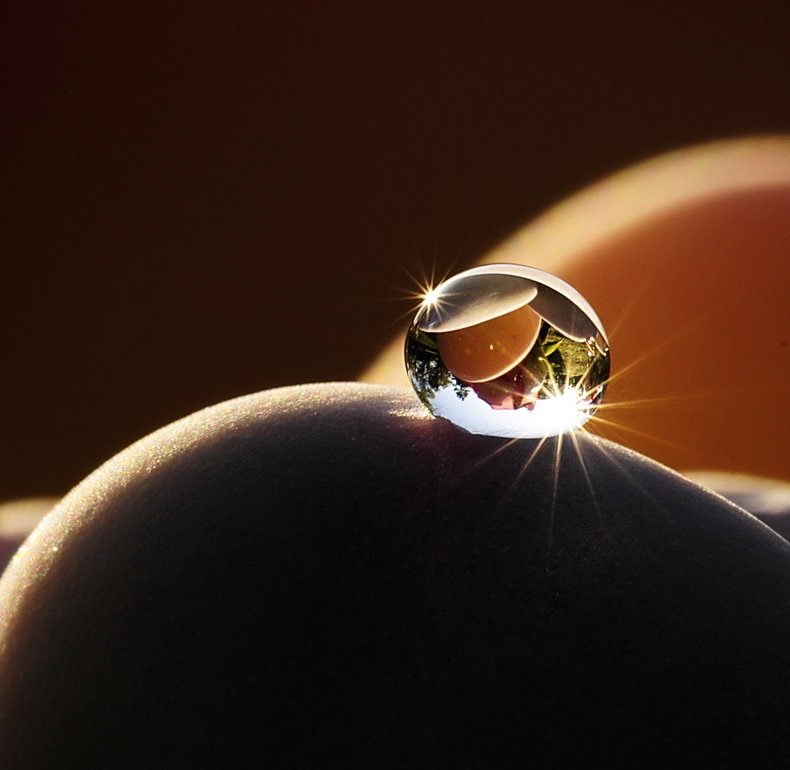
Borosilicate Glass
A glass made with silica, boron trioxide, soda and alumina. Resists heat and is commonly used for high temperature applications such as cookware and laboratory glassware.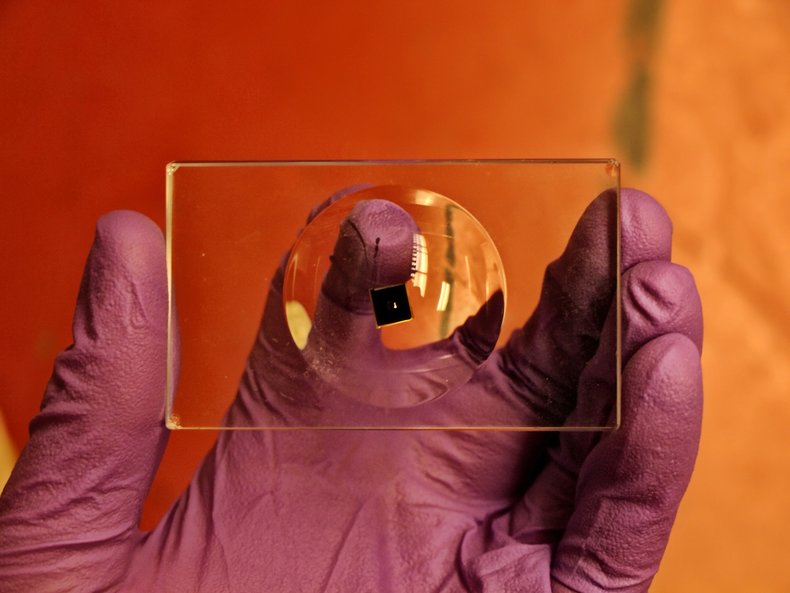
Aluminosilicate Glass
A glass made with silica, alumina, lime, magnesia, barium oxide and boric oxide. Used in fiberglass, a common type of fiber-reinforced plastic that resists water erosion. Fiberglass is used for small boats, sporting equipment such as fishing rods and other outdoor products.
Germanium-oxide Glass
An extremely clear glass that contains no silicon but is instead made with germanium dioxide and alumina. Used in fiber optics for its ability to transmit light great distances without absorbing much of it.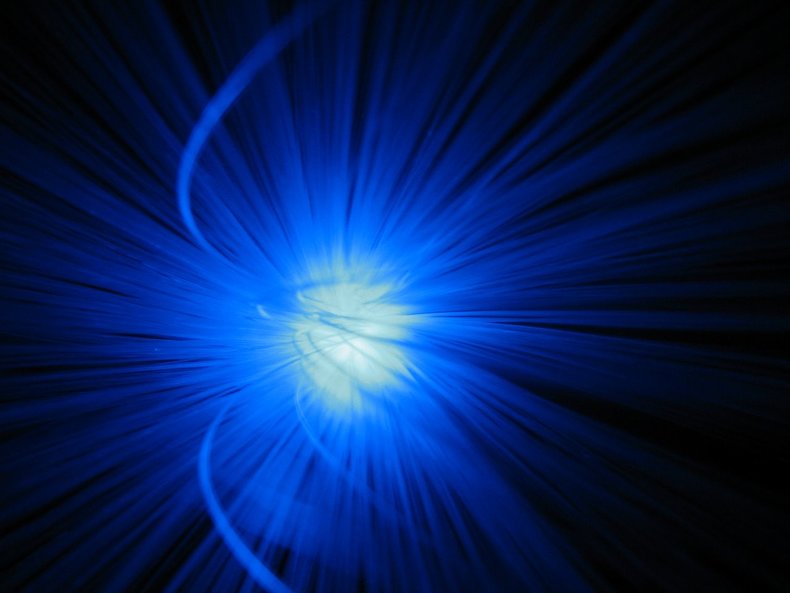
Annealed Glass
Glass that has been slowly cooled during the manufacturing process to avoid the stresses related to fast cooling. This is such a common process that this can be considered "regular" glass. Annealed glass is generally not considered appropriate for certain architectural uses such as interior walls because it creates large dangerous shards if it breaks.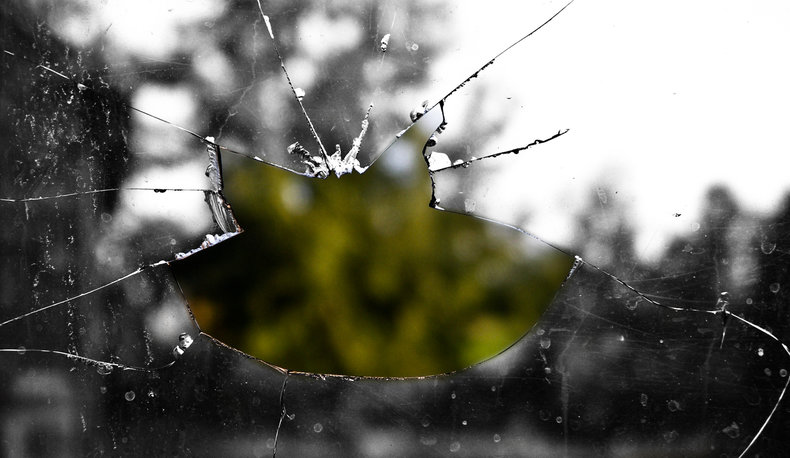
Float Glass
A manufacturing process that produces glass by floating molten glass on a bed of molten metal. Produces sheets of glass with uniform thickness and very flat surfaces. This is commonly used to make architectural glass and high quality glass for products such as automobiles and mirrors.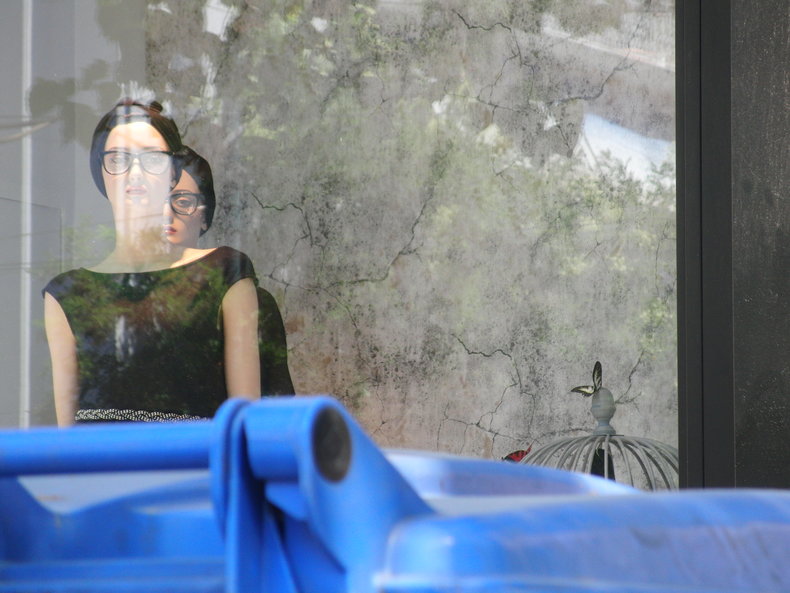
Blown Glass
Modern glassblowing is a craft or art that creates unique items using furnaces that heat glass to its molten state and then use a blowpipe and other tools to give the glass form. Glassblowing dates back to the Roman Empire and was historically used to produce both shaped and flat glass.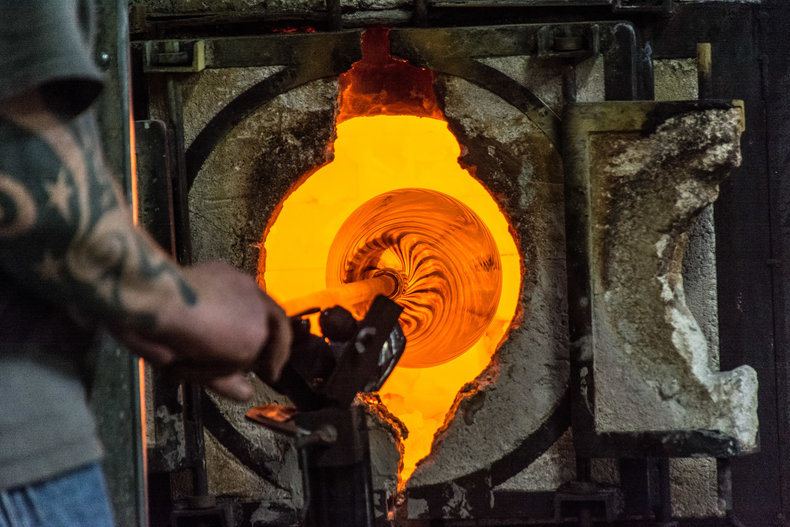
Vitreous Enamel
Vitreous enamel is powdered glass that has been attached to a base of metal, glass, ceramics or stone by firing at a temperature of up to 850 °C (1,560 °F). This is used to make products such as cookware and whiteboards that benefit from the strength of a base material such as iron and properties of glass such as easy cleaning.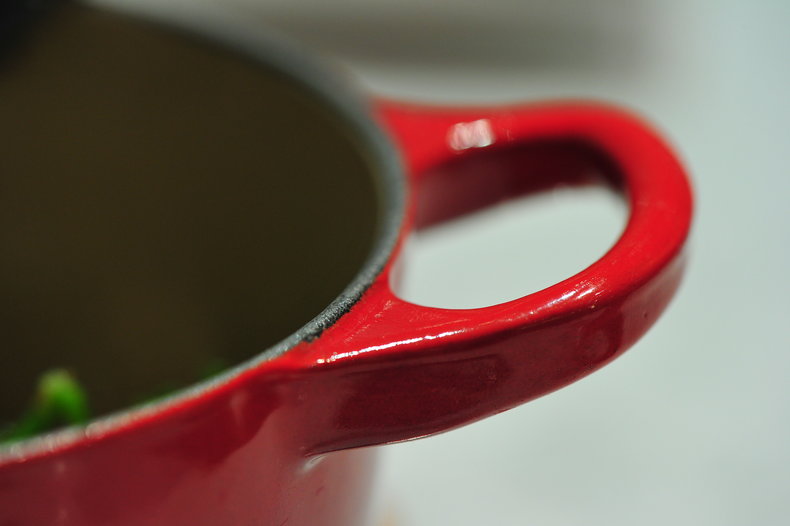
Glass-ceramic
A glass-ceramic is a category of glass produced with controlled crystallization processes. These may have the desirable properties of both glass and ceramics in areas such as strength, translucency and very low thermal expansion. Glass-ceramics are known to consumers due to products such as glass-ceramic cooktops and cookware. They are also used in technologies, industrial equipment and laboratory glassware.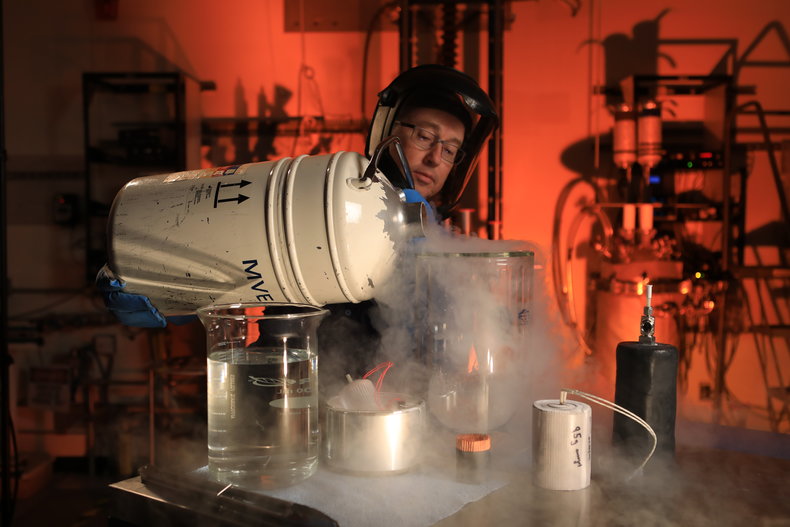
Self-cleaning Glass
Glass that is treated to attract or repel water in order to roll droplets of water or sheet water across the surface of the glass to clean it. This only works for glass that's regularly exposed to water such as rain.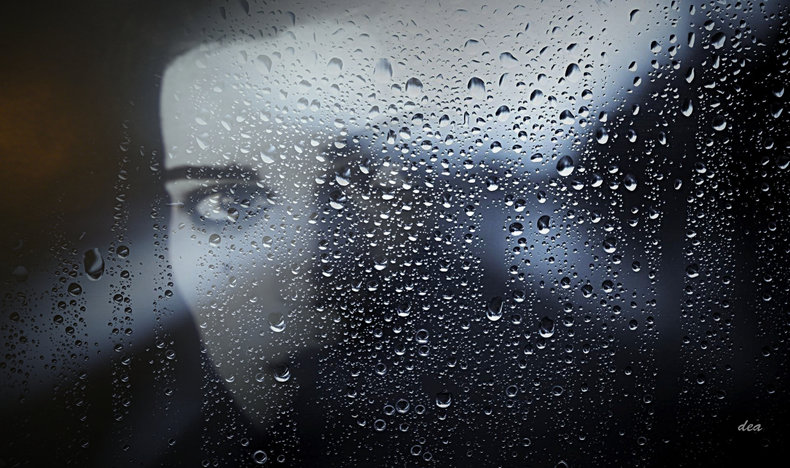
Heat Resistant Glass
Glass that is rated for high temperature applications such as the interior of a furnace or exterior of a spacecraft. Glasses that are resistant to heat include fused quartz, glass-ceramics and borosilicate glass. Generally speaking, silicate glass doesn't burn but eventually cracks due to thermal expansion and then melts. Any glass that includes plastic such as laminated glass is combustible.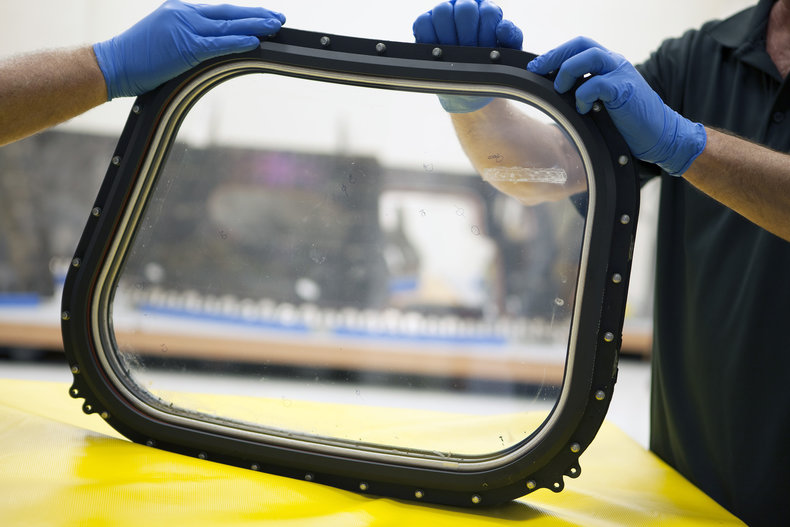
Network Glasses
Network glasses are a diverse group of glasses that are used in fiber optics and other networking applications. These are often very high in silicate such that they resemble fused quartz but may include a large number of ingredients that change the properties of the glass such as boron, germanium, titanium, aluminium, zirconium, beryllium, magnesium, zinc, alcium, lead, lithium, sodium and potassium. Some network glasses contain no silicate and are based on alternatives such as germanium-oxide.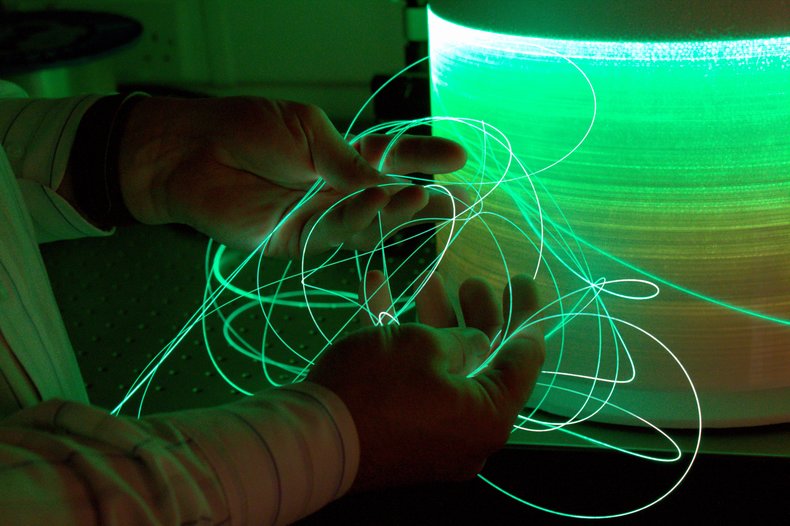
Recycled Glass
Glass made with crushed recycled glass known as cullet. This includes external cullet made with waste products from consumers and internal cullet made with waste products from manufacturing or construction where the composition of the glass is known. Glass is ideal for recycling as it is extremely durable such that it doesn't degrade over time. However, the composition of external cullet is often unknown such that recycled glass can have variable composition and quality.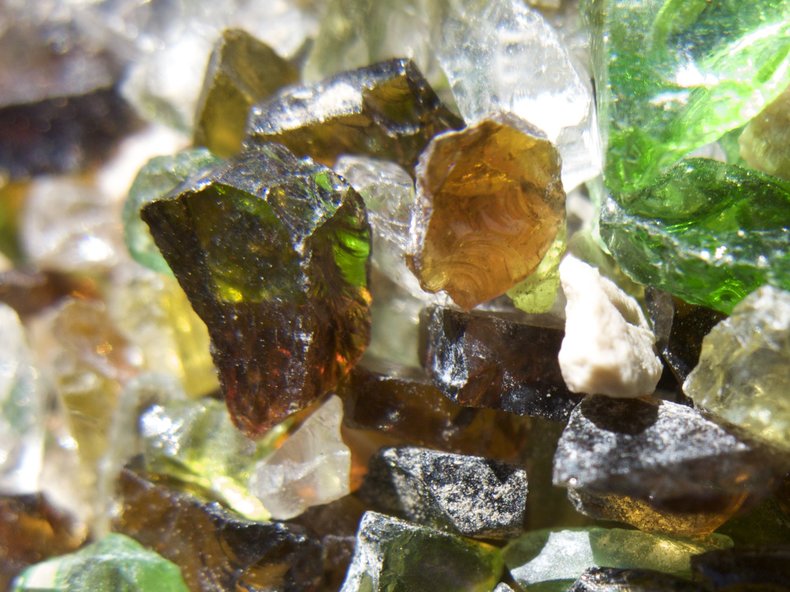
Acrylic Glass
Acrylic glass, sold under a wide variety of brand names, is a clear plastic product that is often considered an alternative to glass. It is not a glass and doesn't have similar properties except that it is available as a translucent product that is reasonably strong. Acrylic glass is lightweight, nonbrittle and has several advantages to glass such as greater flexural strength. It also has disadvantages such as combustibility.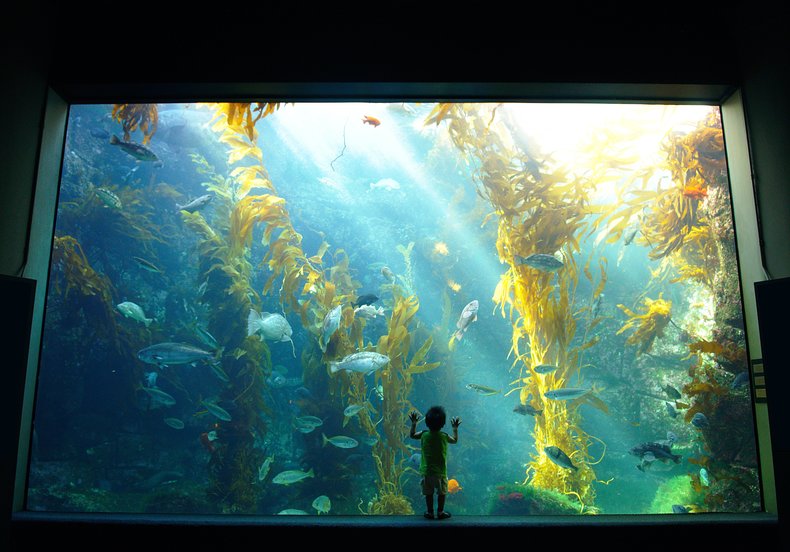
Polycarbonate
Another type of strong, tough plastic that is commonly used in place of glass. Polycarbonate is often used in safety glass such as eye glasses and security glass such as bullet proof glass.
Forest Glass
A late medieval glass produced in central Europe from approximately 1000 to 1700 AD. Forest glass was produced using wood ash and sand and had a characteristic greenish or yellowish color. Generally speaking, this was a lower quality glass than that made by earlier civilizations such as the Roman Empire, Byzantine Empire and Islamic Empire.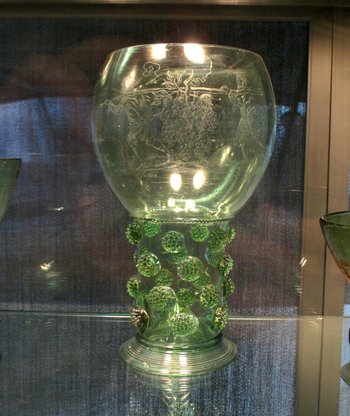
Uranium Glass
Glass that contains uranium as a coloring agent that produces a green or yellow glass. This is usually around 2% uranium with some early 20th-century uranium glass being 25% uranium. Uranium glass was produced as early as the 1st century AD and was reasonably common by the middle ages. However, it was particularly popular in the period 1880 - 1920. Most production of uranium glass was halted in the Cold War due to government use of uranium for nuclear weapons and reactors. In recent years, restrictions on uranium have eased and uranium glass is produced as a specialty product. It glows green under a black light and emits a small amount of radiation that can be detected using a sensitive Geiger counter.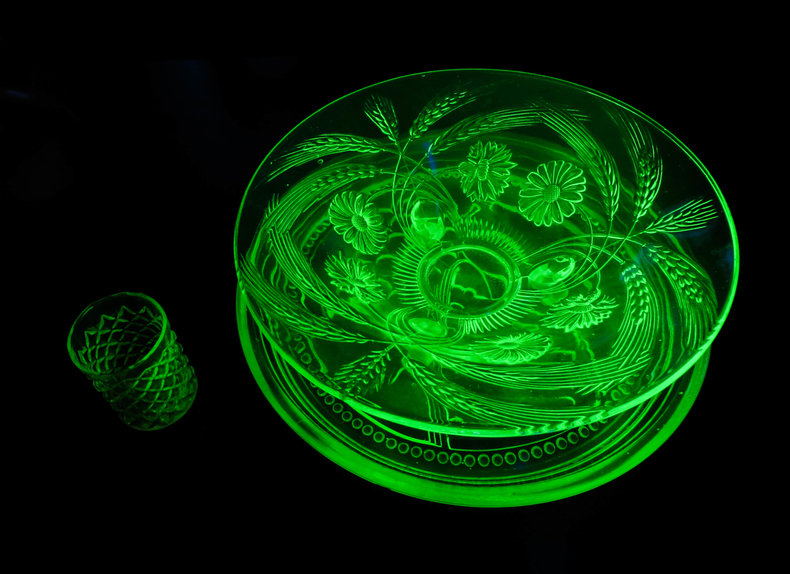
Crown Glass
A silicate glass containing about 10% potassium oxide that produces a clear glass with a low refractive index. Crown glass was commonly used as window glass from the 14th to 19th century. This was historically produced by a process of glassblowing and spinning that resulted in a circular glass disk that was then cut into other shapes. Due to the spinning process, each batch of crown glass is thickest in the middle. It was common to cut diamond shapes from the middle of the glass disk as premium glass that was then mounted as a pane in a window. Crown glass, that is about 10% potassium oxide, is still produced as a type of optical glass with modern manufacturing processes.
Notes
It should be noted that the types of glass above aren't mutually exclusive. For example, a silicate glass can be tempered, chemically strengthened and laminated.| Overview: Glass | ||
Type | ||
Definition | Amorphous material that is often valued for its ability to transmit, reflect and refract light. | |
Related Concepts | ||

